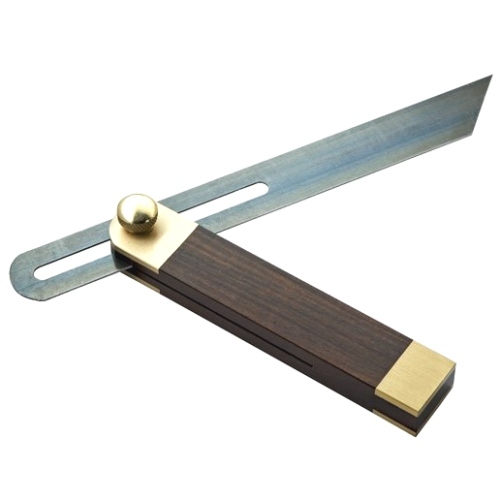MattR
Established Member
I've watcehd several Youtube videos, and read a few websites, so I get the theory 
So now comes the practical.
The room in question has a Chimney breast, so I need to handle internal and external mitres.
For internal corners, I've been practising on some sacrificial bits of skirting, and I am getting better. Are there any tips or hints anyone can offer with respect to scribing the skirting to fit correctly, or is it just a case of practice, practice and pore practice to be able to cut accurately and snugly with a coping saw? (Occasionally mine twists as I am using it to cut in a straight line. I assume that this is simply down to my technique ?)
Outer Mitres should in theory be easy, except... The outer corners of the chimney breast are curved corners. All I can think of doing here is to do a series of small angled mitres, and isntead of having a right angle round the chimney breast, it will be part of a hexagon or octagon. Is this how you would approach this, or is there a better way of doing it?
The long walls are longer than the biggest lengths I can buy, so I'll need to join 2 pieces of skirting. I assume that the best way of doing this is with a 45 degree mitre?
And lastly, can anyone recommend a company (I am in Gloucestershire if that matters) that I can get a lot of Ogee Skirtign from? The practice bits I have got from B&Q are awful, so I am wary of ordering a big delivery from them, in case I need to then send half of it back.
I have a few more questions, but I want to get the big picture of how it all goes together in my head, then hopefully the answers to the other questions will become apparent.
So now comes the practical.
The room in question has a Chimney breast, so I need to handle internal and external mitres.
For internal corners, I've been practising on some sacrificial bits of skirting, and I am getting better. Are there any tips or hints anyone can offer with respect to scribing the skirting to fit correctly, or is it just a case of practice, practice and pore practice to be able to cut accurately and snugly with a coping saw? (Occasionally mine twists as I am using it to cut in a straight line. I assume that this is simply down to my technique ?)
Outer Mitres should in theory be easy, except... The outer corners of the chimney breast are curved corners. All I can think of doing here is to do a series of small angled mitres, and isntead of having a right angle round the chimney breast, it will be part of a hexagon or octagon. Is this how you would approach this, or is there a better way of doing it?
The long walls are longer than the biggest lengths I can buy, so I'll need to join 2 pieces of skirting. I assume that the best way of doing this is with a 45 degree mitre?
And lastly, can anyone recommend a company (I am in Gloucestershire if that matters) that I can get a lot of Ogee Skirtign from? The practice bits I have got from B&Q are awful, so I am wary of ordering a big delivery from them, in case I need to then send half of it back.
I have a few more questions, but I want to get the big picture of how it all goes together in my head, then hopefully the answers to the other questions will become apparent.

































